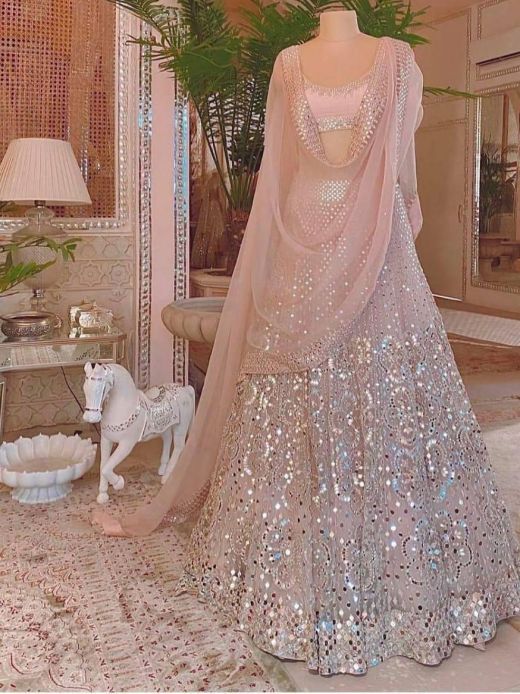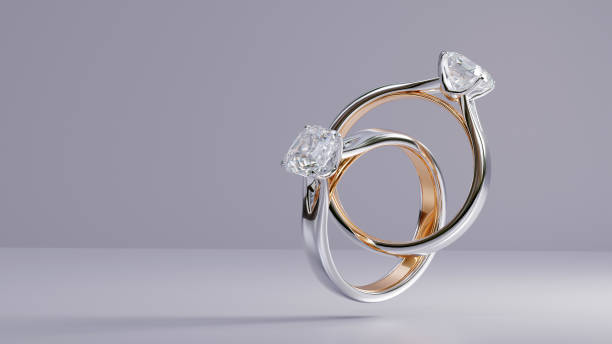Introduction
Indian culture is a tapestry of vibrant traditions, customs, and rituals that have thrived for centuries. One of the most prominent and captivating aspects of this culture is Indian cultural attire, which reflects the rich diversity and history of the country or Indian traditional attire is not merely clothing; it is a symbol of identity and heritage and a testament to the creativity and craftsmanship of the people.
The Diversity of Indian Cultural Attire
India is a land of diverse cultures and communities, and this diversity is beautifully reflected in the plethora of traditional attires found across the country. Each region boasts its unique clothing style, fabrics, colours, and designs. Whether it’s the regal silk sarees of South India, the vibrant lehengas of North India, or the intricately woven shawls of the Northeast, Indian cultural attire has something to offer for every taste and occasion.
Saree: The Epitome of Grace
The saree is undoubtedly one of the most iconic symbols of Indian traditional attire. It is a six to nine-yard-long piece of fabric that women drape elegantly around themselves. Sarees come in a vast array of materials, from silk and chiffon to cotton and georgette, and are adorned with various embroideries, prints, and embellishments. Each region has its unique style of draping the saree, adding to its versatility and charm.
Lehenga Choli: Elegance Personified
The lehenga choli is another popular choice for women, especially during weddings and festivals. It consists of a flared skirt (lehenga), a cropped blouse (choli), and a long scarf or dupatta. Lehengas are known for their opulent embroidery and intricate detailing, making them perfect for grand celebrations.
Sherwani: Men’s Traditional Attire
For men, the sherwani is a classic choice for formal occasions and weddings. This long coat-like garment is typically paired with churidar pants or straight-cut trousers. Sherwanis are often embellished with intricate embroidery and can be made from rich fabrics like silk and brocade.
Kurta Pajama: Comfortable and Stylish
The kurta pyjama is a versatile choice for Indian men, suitable for both casual and formal wear. It consists of a knee-length or longer tunic-style shirt (kurta) paired with straight-cut pants (pyjama) or churidar. Kurta pyjamas are known for their comfort and can be simple or embellished, depending on the occasion.
Turban: A Symbol of Pride
In many regions of India, the turban is an essential part of traditional attire for men. Turbans come in various styles, colours, and fabrics, and their significance varies from region to region. They are not just a fashion statement but also a symbol of pride, honour, and tradition.
Accessories: The Perfect Finish
No traditional Indian attire is complete without the right accessories. Women often adorn themselves with intricate jewellery, including necklaces, bangles, earrings, and anklets, while men opt for embellished turbans, brooches, and cufflinks. These accessories not only enhance the overall look but also hold cultural and symbolic significance.
Boost your search engine rankings with high-DA Guest post sites. Fast approval ensures faster SEO improvements, greater visibility, and a consistent increase in organic traffic.
Conclusion
Indian cultural attire is a testament to the country’s rich heritage, diversity, and artistic prowess. Whether it’s the timeless elegance of the saree, the grandeur of the lehenga choli, or the regal charm of the sherwani, Indian traditional attire offers a wide range of options for every occasion and preference. It is a celebration of India’s cultural tapestry and a reflection of the deep-rooted traditions that continue to flourish in the modern era. So, the next time you witness the beauty of Indian attire, remember that it’s not just clothing; it’s a piece of history and a representation of the enduring spirit of India’s culture.




